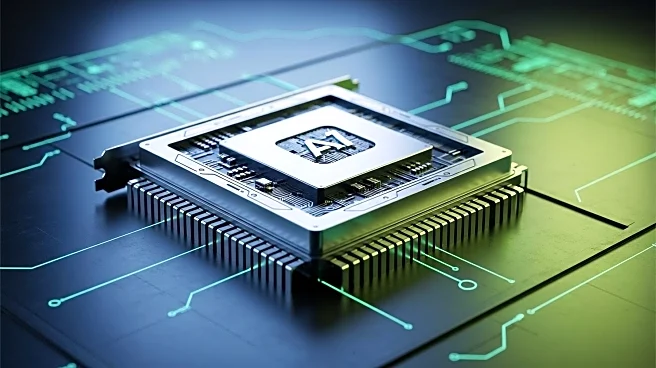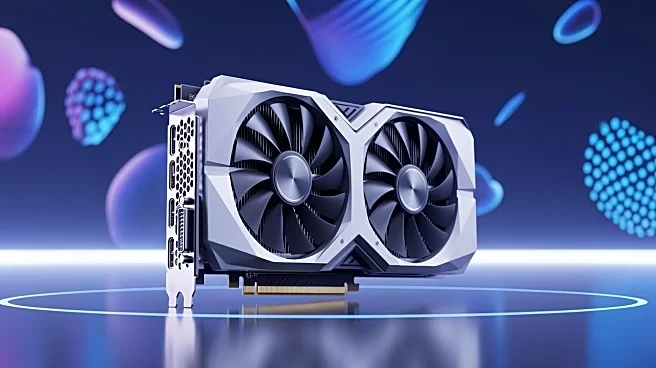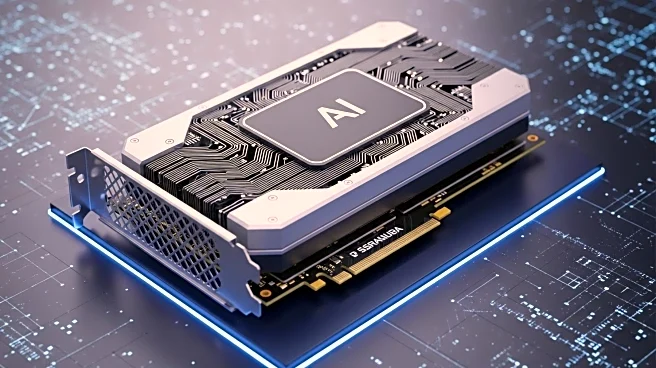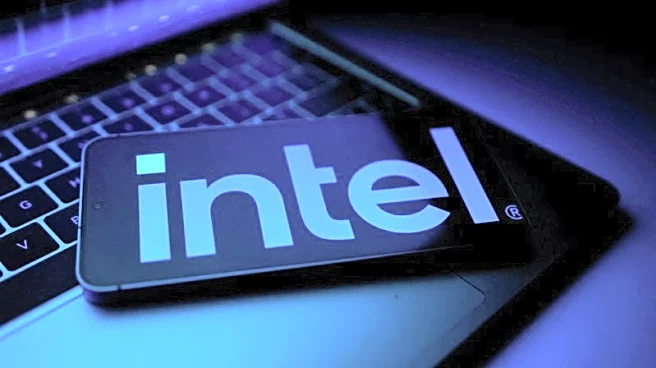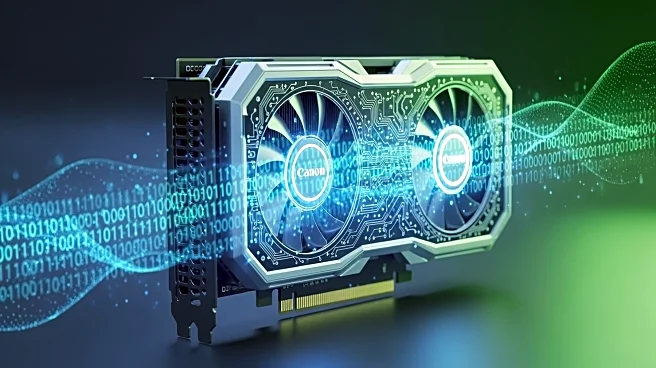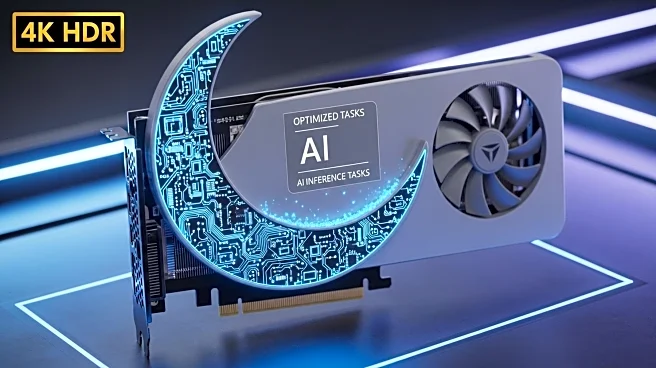What's Happening?
Intel has announced the release of a new 160-GB, energy-efficient data center GPU, named 'Crescent Island,' at the 2025 OCP Global Summit. This marks the beginning of Intel's annual cadence of GPU releases, a strategy aimed at gaining a foothold in the AI
infrastructure market dominated by Nvidia. The Crescent Island GPU is optimized for inference workloads on air-cooled enterprise servers, featuring Intel's Xe3P microarchitecture, 160 GB of LPDDR5X memory, and support for a broad range of data types. Intel plans to start sampling Crescent Island with customers in the second half of 2026, while developing an open and unified software stack for heterogeneous AI systems. This move follows Intel's previous missteps in the accelerator chip segment over the past 15 years.
Why It's Important?
Intel's introduction of Crescent Island is a strategic move to challenge Nvidia's dominance in the AI infrastructure market. By adopting an annual release strategy similar to Nvidia and AMD, Intel aims to provide competitive alternatives in the AI hardware space. The energy-efficient design and open systems architecture of Crescent Island could attract enterprise customers looking for cost-effective and scalable solutions for AI workloads. This development is significant for the semiconductor industry, as it may lead to increased competition and innovation in AI chip technology, potentially benefiting businesses and consumers through improved performance and reduced costs.
What's Next?
Intel plans to sample Crescent Island with customers in the latter half of 2026, indicating a timeline for potential market entry. The company is also focusing on developing an open and unified software stack to optimize AI systems on its Arc Pro B-Series GPUs. This approach may lead to collaborations with multiple vendors, offering customers more choices at the systems and hardware layer. Intel's strategy could prompt responses from competitors like Nvidia and AMD, possibly leading to further advancements in AI chip technology and market dynamics.
Beyond the Headlines
Intel's shift towards an open systems and software architecture reflects a broader industry trend towards interoperability and flexibility in AI hardware solutions. This approach may encourage partnerships and innovation across the semiconductor industry, fostering a more collaborative ecosystem. Additionally, Intel's focus on energy efficiency aligns with growing environmental concerns, potentially contributing to more sustainable technology practices.
